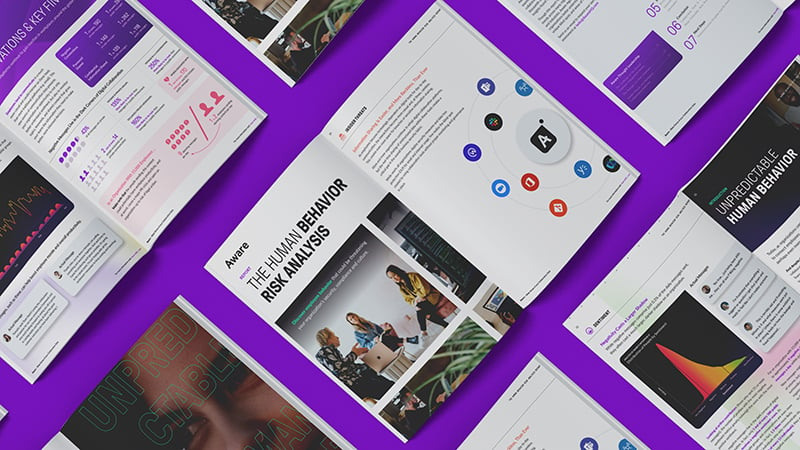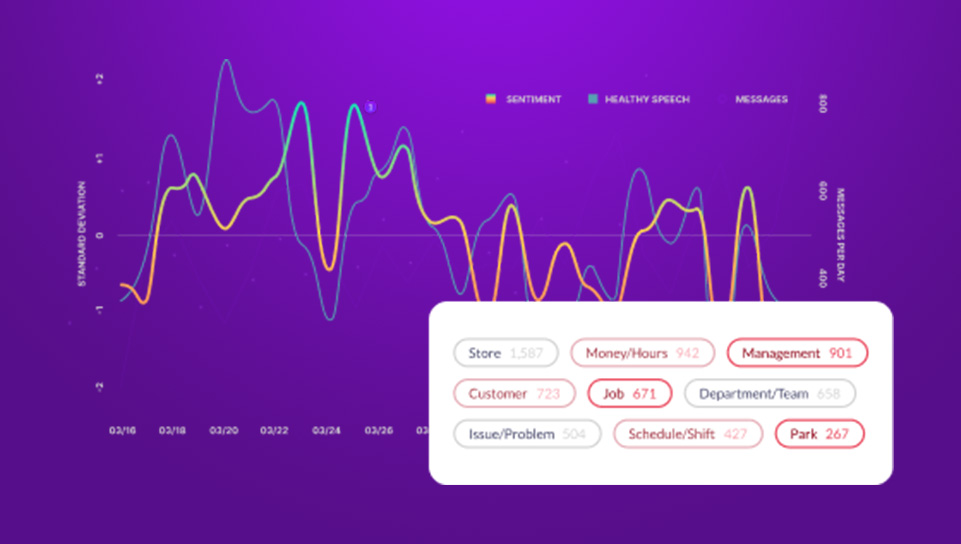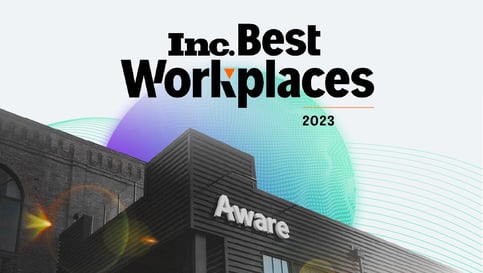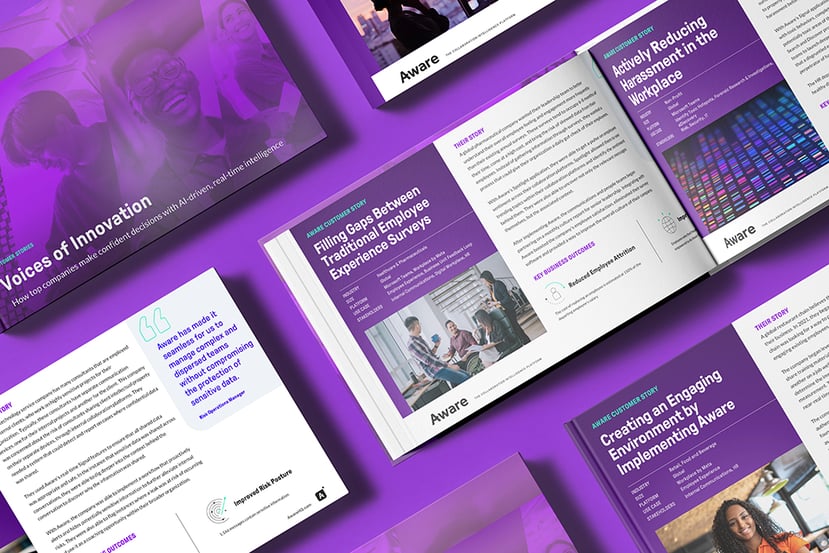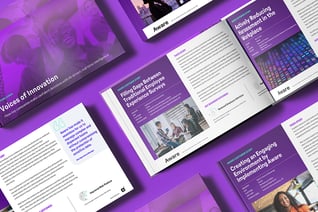Breaking Down the Building Blocks of Enterprise Collaboration Systems
by Aware
Remote workers, dispersed employees, and multiple headquarters are a fact of life in today’s corporate world. With a workforce that expects flexibility in hours and location, enterprise collaboration tools are helping large organizations adapt.
What is Enterprise Collaboration?
Enterprise collaboration refers to technology-driven communications systems used by employees to interact and complete work tasks within a group or across departments. Sometimes groups also include business partners that are part of the larger enterprise.
Key Components of Enterprise Collaboration
Tools that can make up an enterprise collaboration system include corporate intranets, enterprise social networks and workstream collaboration platforms. These systems help employees of large organizations work together across large distances, different departments, and gaps of time.
CORPORATE INTRANETS
Corporate Intranets are private networks designed for internal use within enterprises. Although some may argue that the traditional corporate intranet is going by the wayside, the prominence of web-based file sharing services and learning management systems in the market illustrate that private networks are still very much an important component of business in the age of the digital workplace.
Enterprise Social Networks vs. Workstream Collaboration Platforms
Enterprise social networking enables the widespread sharing of information, while workstream collaboration focuses on creating an environment for efficient teamwork.
Enterprise Social Networks
Enterprise social network (ESN) is a loosely-defined term. When it comes to internal collaboration, it generally refers to services similar to Yammer. These services are thread-based and designed to enable communication across large segments of an organization.
ESNs can enable new kinds of collaboration by connecting employees in different offices or silos of the organization that would not cross paths otherwise. The ESN format is great for reducing email clutter, as well as data archiving, allowing new hires to scroll chronologically through past conversations to understand how work has progressed and search for specific documents or terms.
Workstream Collaboration Platforms
Workstream collaboration platforms are made up of teamwork-focused tools and best exemplified by services like Microsoft Teams and Slack. These chat-based services are narrower in focus than thread-based services and centered around much smaller groups of collaborators that are working on the same projects. Services like Teams are generally faster and more conversational than services like Yammer.
The speed and casual nature of these platforms make them perfect for close-knit groups that want to efficiently work with each other. Integration with other tools is a notable feature of platforms like Microsoft Teams, which has full integration with the Office 365 suite.
Why You Need Both
ESNs and workstream collaboration platforms each provide distinct benefits. Workplace by Facebook, for example, recognizes this and contains elements of both categories. In order to fully reap the benefits of enterprise collaboration, large organizations need to unite the two with a coherent overarching strategy. Integrated SaaS tools like the Aware Risk Management Suite help companies take on the challenge of managing multiple services.
Benefits of Enterprise Collaboration include:
Teamwork
Real-time group interaction results in more efficient and effective collaboration than traditional means of communication. Tools as simple as shared documents are less error-prone than email and cut down on confusion between team members.
Transparency
The collective benefits of real-time group interactions translate to a more transparent collaboration process. Enterprise collaboration tools allow for a record of individual contributions to projects, driving personal accountability and higher levels of trust.
Reduced Email
Email doesn’t need to go by the wayside, but it fundamentally wasn’t built for the collaboration occurring in today’s workplaces. The informality of real-time enterprise collaboration tools allow for efficiency that drives higher productivity.
